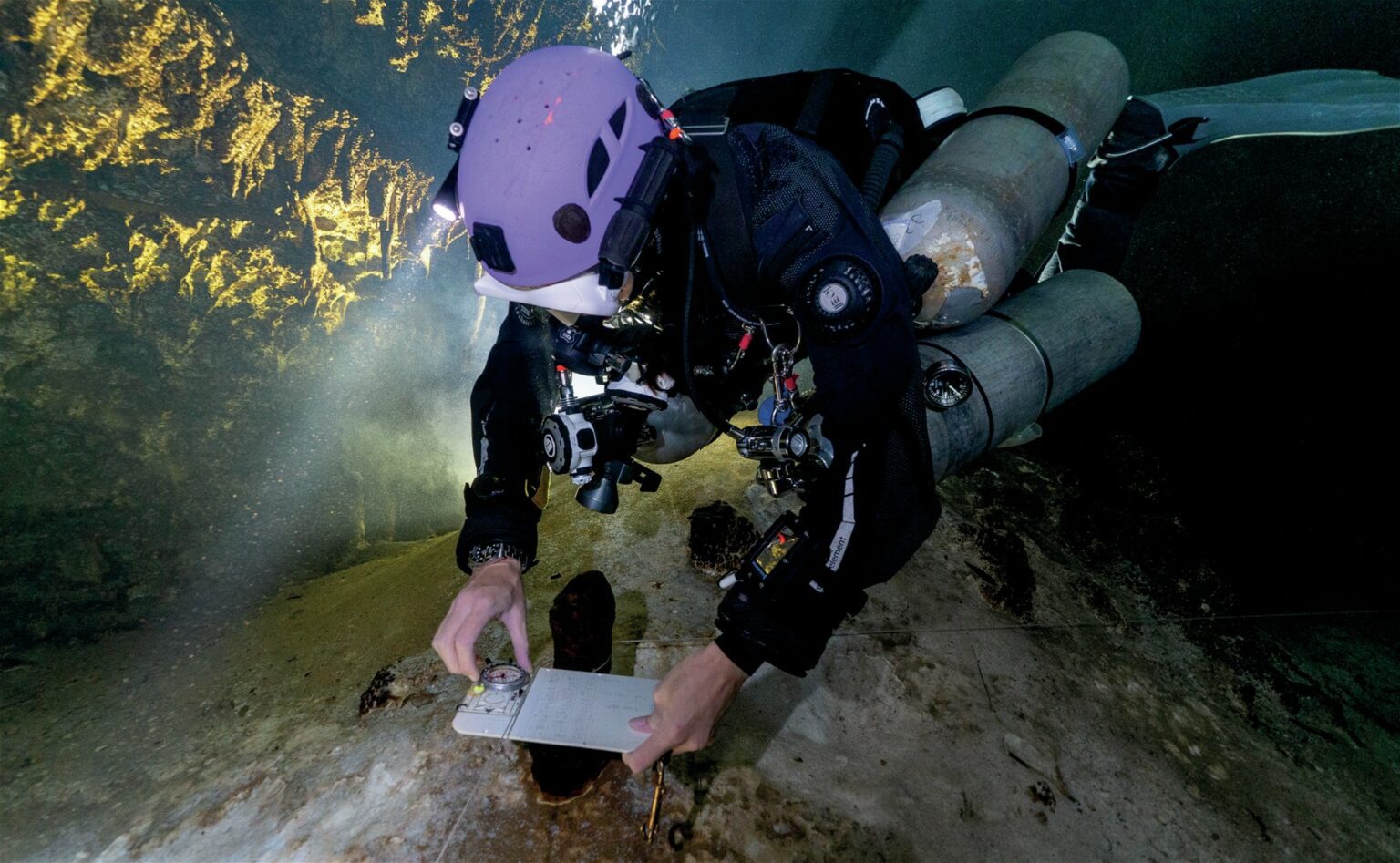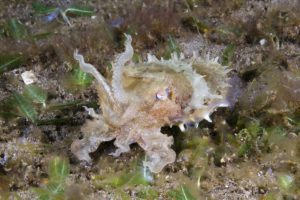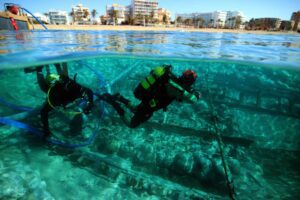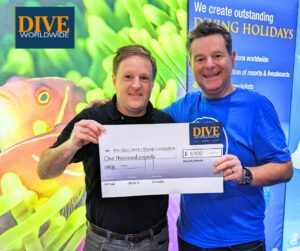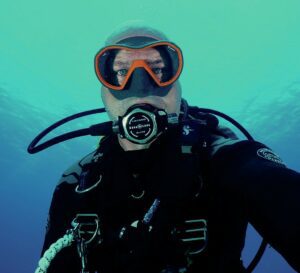After literally months of preparation, Maria Bollerup and the rest of the team finally embark on the ambitious Xunaan-Ha Expedition, a cave exploration project in the Mexican jungle. Safe to say, it more than lived up to expectations.
Photographs by Tom St George, Evan Whitney and Richie Schmitter.
And so after two years in the planning, the day finally arrived when the trucks were packed and we set off for what were going to be some intense days of diving.
The Drive and Arrival at Base Camp
Driving out of Tulum for some time, we turned into a gravel path. The Mexican jungle started immediately. It was rather low, bushy – and hot.
We drove up the gravel path for a good 40 minutes, passing a few small farms, some gates and, at one point, the cars needed to be parked. Here the tanks were loaded onto Robbie’s old beaten-up truck – the only one that had the suspension (or could spare them, perhaps) to chance the path that he had been allowed to cut to bring the tanks in closer to the site.
While tanks and heavy bags were hauled in this one vehicle, we walked the path for another 30 minutes. From there on, the path was cut by machete, and everything needed to be carried onwards.
There were two entry points. The first resembled a swamp fit for an ogre. It was full of mosquitos and became more hostile as the days went by and the mud grew deeper.
Hence the name ‘Swamp’ for this entry. The second was another ten-minute hike on the machete path and took the shape of a stunning cenote. It was spacious, had a natural roof over the centre part and was tranquility in its purest essence. This became ‘Base Camp’.
The Dive Teams and Exploration Begin
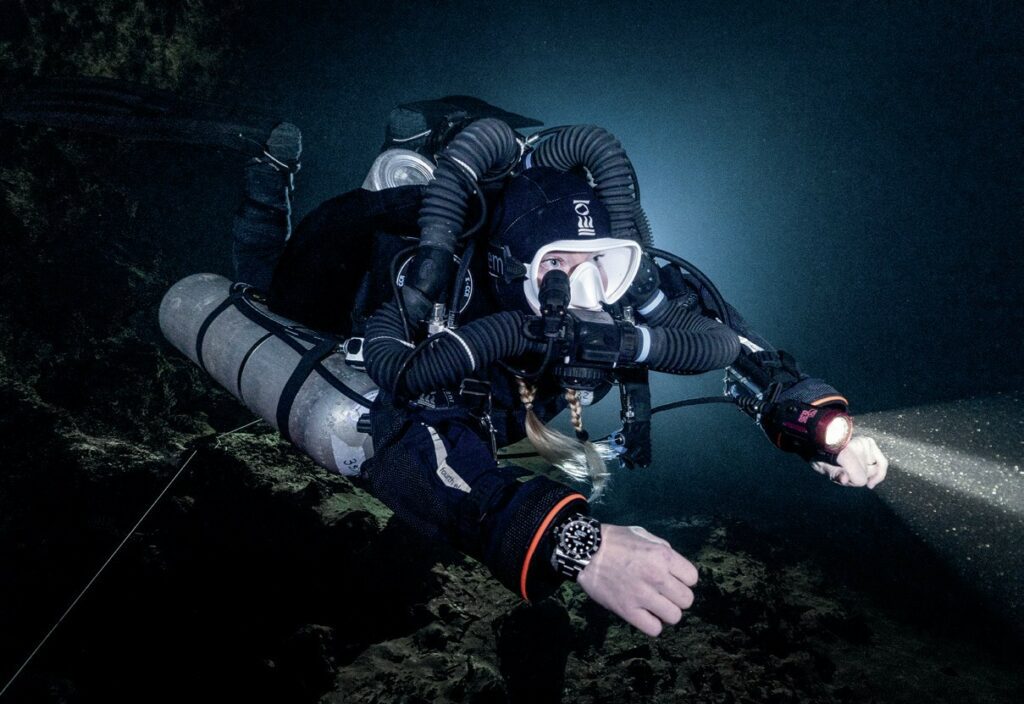
We were diving in three teams of two divers each. One team (Ellen and Julia) started out in The Swamp. Tamara, Melodie, Rannva and I made our first dive of the project from Base Camp. Now, as we were about to dive into an unexplored cave, is where my love for Rannva got carved in stone. In cave diving, you dive in a single line profile.
This means someone has to be in front. This person gets the first view. The second person can mostly see what the first person sees, and is exploring just as much, with exceptions – like if the cave is twisting and turning, if it narrows down and becomes tight, or if it has a halocline (a change in salinity) that is sitting in a way that obscures the cave for anyone but the leading diver in the team. I was itching to be first!
I was holding my breath, ready to solve the matter with Rock, Paper, Scissors when Rannva offered first position to me, because she knows me and because she said we would still be among the first ones to dive these caves.
Since we had obligations to secure photo and video material, one team would dive with the camera crew and photographers on the very first dive. The agreement was that once we started doing actual exploration, we wouldn’t be followed by any cameras, so we could keep our focus, but we would take turns working with the media teams in different parts of the cave, as the expedition was moving on.
On this first dive, Rannva and I would not be followed – we would be completely on our own! Dropping down below the surface of the stunning cenote, we started our descent down a sandy slope. Almost immediately the cave showed two tunnels.
One was sort of forward and turning left; the other made a sharp right turn. Tamara, Melodie and the film crew had descended before us, taking the tunnel to the right. With a little shriek of excitement, Rannva and I swam into the tunnel turning left.
Exploration of the ‘Drakaina' Tunnel
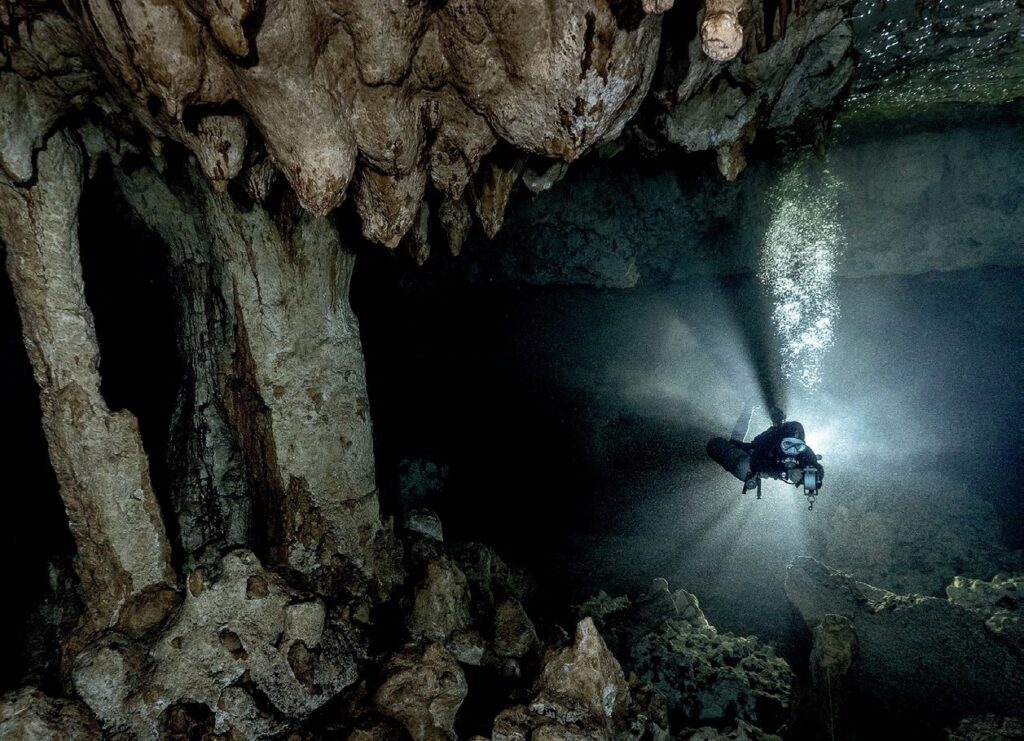
And oh… what a tunnel! It would later be ours to name, and we unanimously agreed on Drakaina after the mythological female dragon. She was a BEAST of a cave. Dark walls created a large tunnel, snaking its way through the earth. Heavily decorated by solemn black rugged stalagmites and stalactites, this cave seemed to have its own temperament – moody and unforgiving.
The black walls were soft like clay – so soft that they seemed to crumble by our mere glances. The softest touch would scar the cave forever, revealing the brightest crispy white fossil of an ancient coral reef beneath all the blackness. She was magnificent, and she was ‘running’ (meaning that the cave was continuing).
Before each team started out on the first dive, we were certain that we’d be swapping between the cenotes, exploring different parts of the area. But the reality was that we were drawn further and further into our respective tunnels, not even considering leaving the turn of the next corner to be explored by another team.
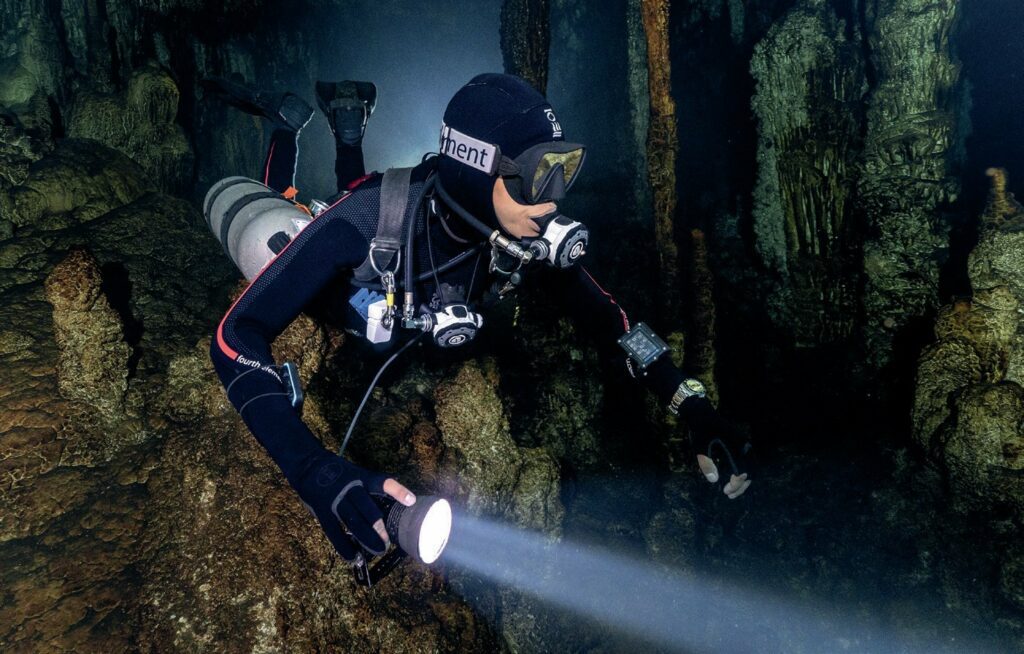
Life at the ‘Swamp'
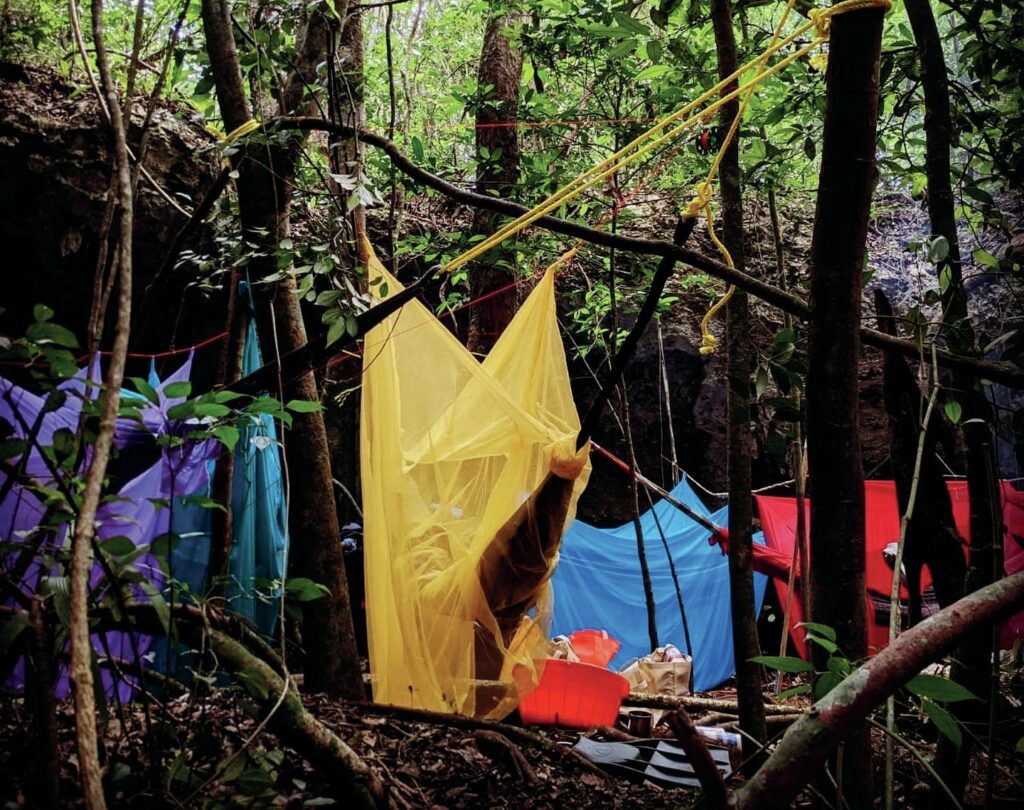
Ellen and Julia were on the same high roll as Rannva and I. Their cave in the Swamp was also galloping further and further and they quickly developed a daily ‘Swamp Life ritual’ as their gear was absolutely wrecked by the environment.
The porters and film crew made sure to not be at the Swamp at the crucial moments of entry and exit, as that would have been a guarantee for mud in their pores… the place was filthy! Only photographer Tom St George repeatedly joined them as he and his partner Julia work splendidly together.
Naturally, this only resulted in more drag and more mud, and when divers were out of the water, everyone stayed on an assigned little square metre of rock to limit the mud from spreading (failing miserably, as the rain hit us hard one day).
Due to the unforgiving environment, we used branches to hang gear out of reach of creepy crawlies. This meant that regulators had to be opened in the water, and mud and twigs needed to be removed before the dive could happen.
Only Tamara and Melodie hit a dead end on day one, where their tunnel Maybe Baby stopped within a fairly short distance of the entrance. That made them jump over to the Swamp, to explore more tunnels there. And on other days they were back at Base Camp, exploring downstream.
Where Drakaina was one big tunnel running in an obvious direction, the Swamp was a wonderful maze of tunnels running in all directions. In some levels it was running black, in some levels white as snow.
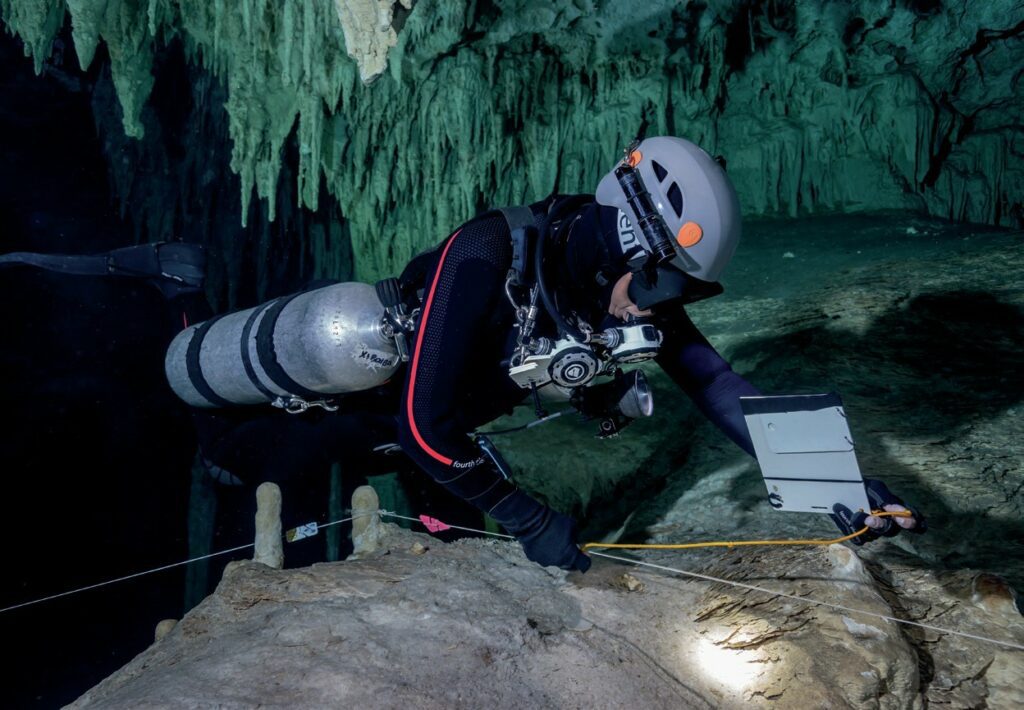
The Challenges and Fun of Exploration
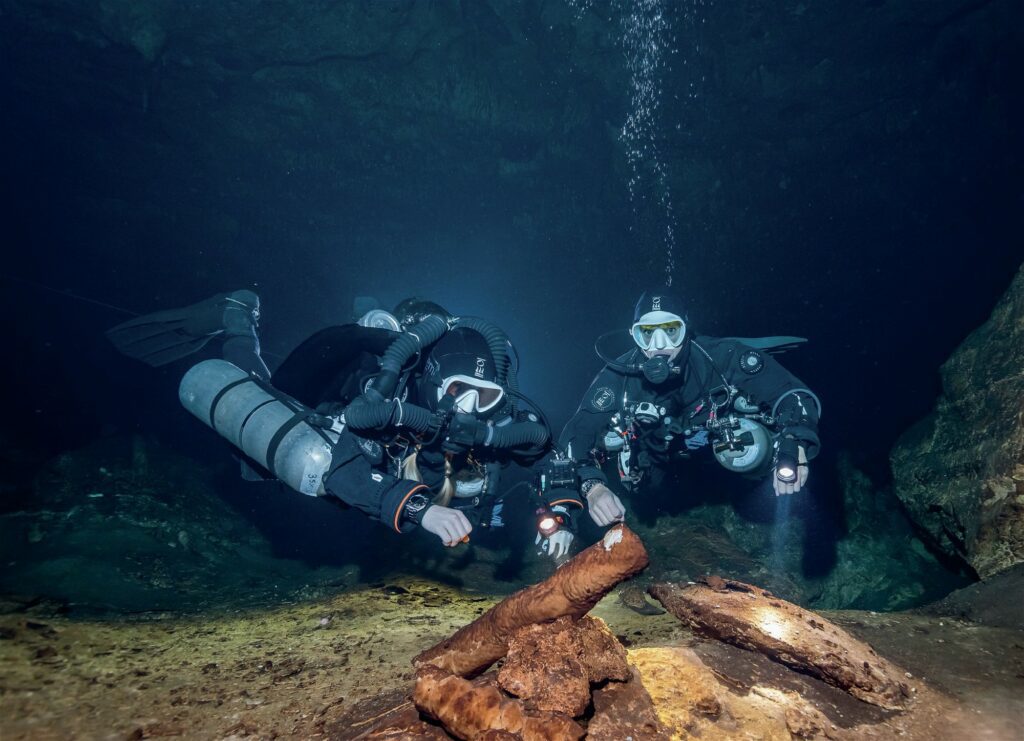
As the days of exploration passed, Rannva and I got further away from the entrance. We went from diving two tanks in sidemount configuration, to diving rebreathers with bailout and stage, or four tanks open circuit. We had the time of our lives, following the huge main tunnel of Drakaina, moving further and further in, under the jungle.
Every bit of line that was placed in the cave had to be surveyed on the way out, and this is where Rannva and I are the perfect team. She continued to let me lead on the way in, which meant she would do the surveying on the way out, where she would lead. Counting knots and taking the perfect compass heading might sound easy, but as mentioned, it can easily go very wrong and needs full focus. Rannva is superior in this art, and secured all the data of our explorations.
After each day of diving, we would all undertake the trek out of the jungle, hauling tanks for filling and whatever gear that might need work, or a swap. Some days I was bouncing out, others nearly crawling.
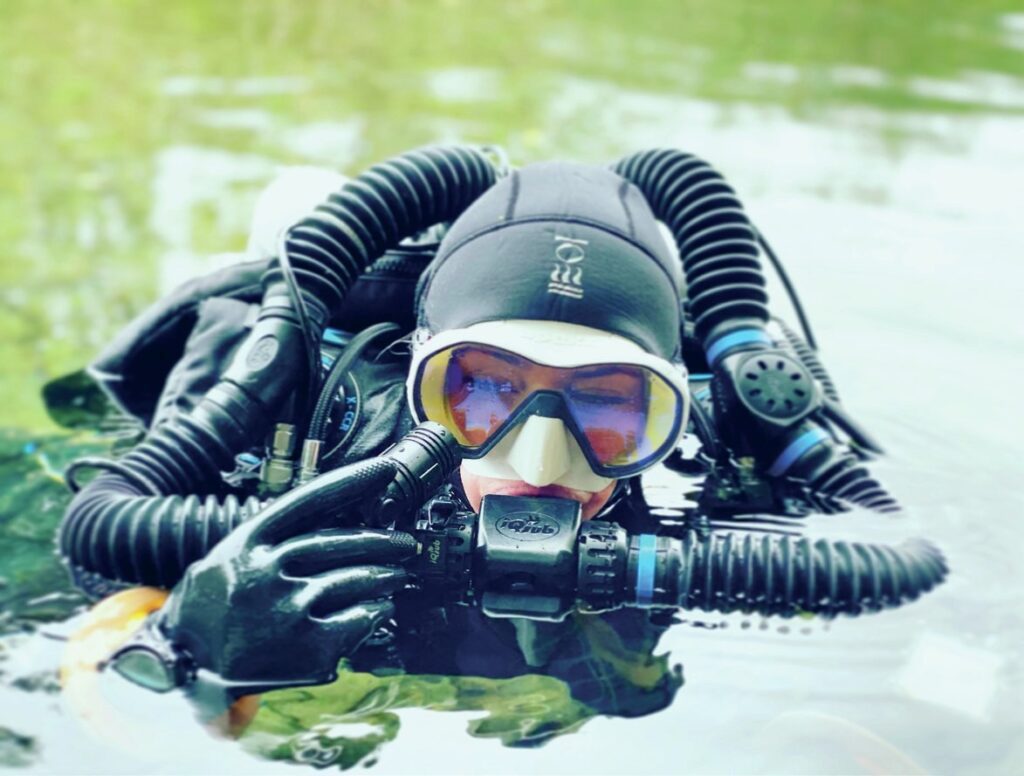
A Night in the Jungle
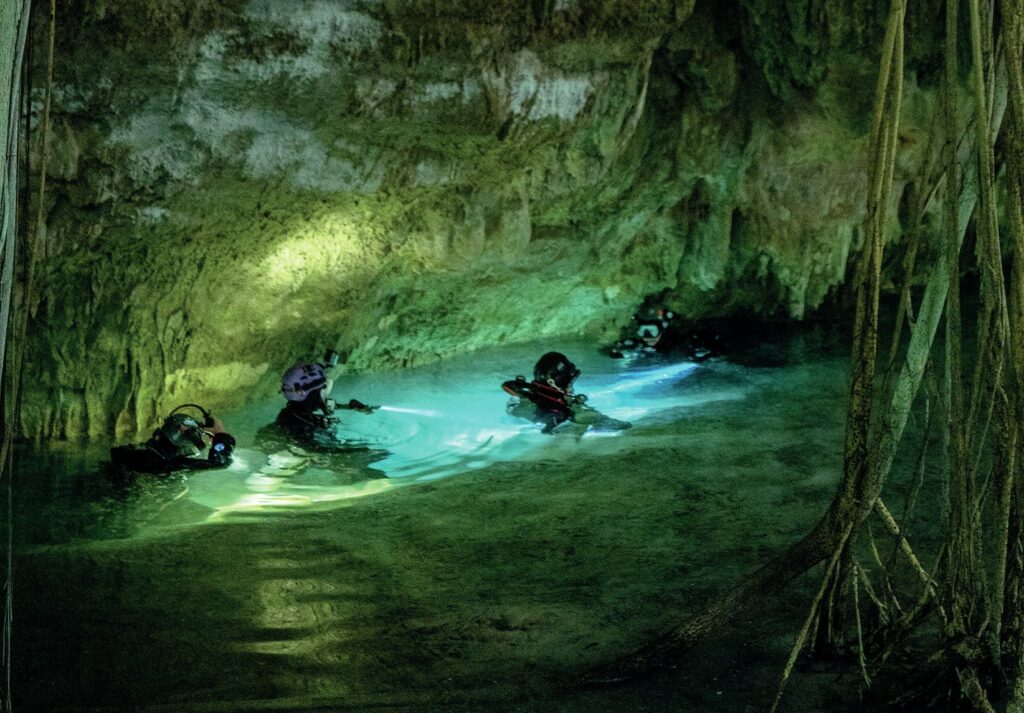
We did spend one incredible night in the jungle, where we slept under the open sky in tree-strung hammocks, in the natural den of cenote Base Camp. Together with Robbie, the six of us team divers spent the evening gathered around a bonfire-prepared meal, listening to Robbie’s adventures in the very same jungle, and his two decades of exploring the caves beneath it.
It was an incredible experience and a first for me. The sounds of the jungle so intense, the scorpion above my head when I went for a late-night pee, and the many rust-rump tarantulas we’d encounter during day time, all remain fresh in my mind!
Supporters Xunaan-Ha was supported by the Rolex Perpetual Planet initiative along with elite dive brands like Fourth Element, Apeks, Shearwater Research and DAN Europe.
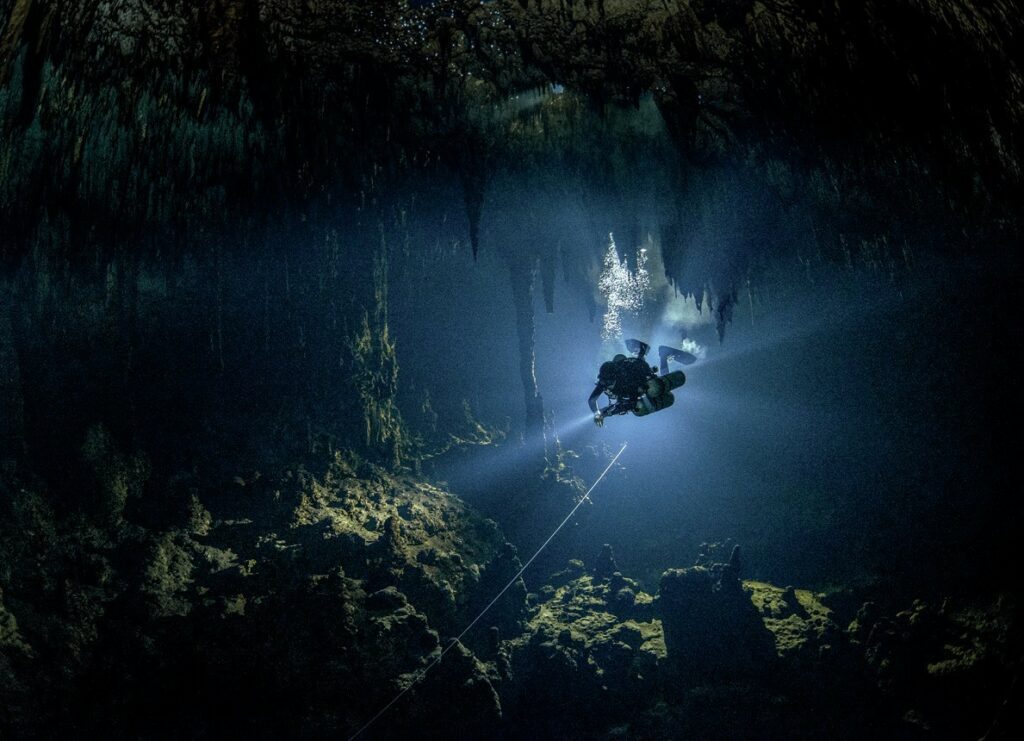
The Team and Supporters Behind Xunaan-Ha
Project manager: Robbie Schmittner
UW photographers: Tom St George and Richie Schmittner
Topside photographer: Evan Whitney
Underwater videographer: Maru Brito
Underwater light: Gabriel Gasca Rubi
Topside videographer: Paris Palacios
Topside audio: Felipe Rayo
Director: Scott Carnahan
Assistant director: Ana Overgaard
Dailies and runner: Ember Roth
Porters: Arturo, Gustavo, Jesus and Marlon
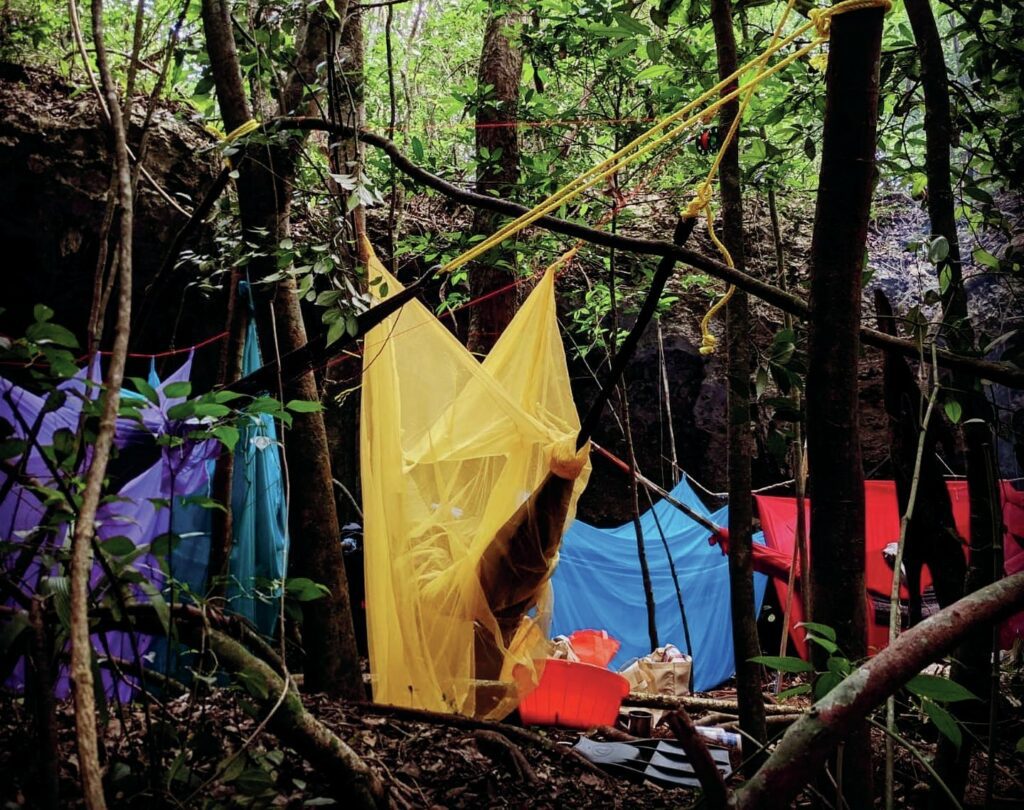
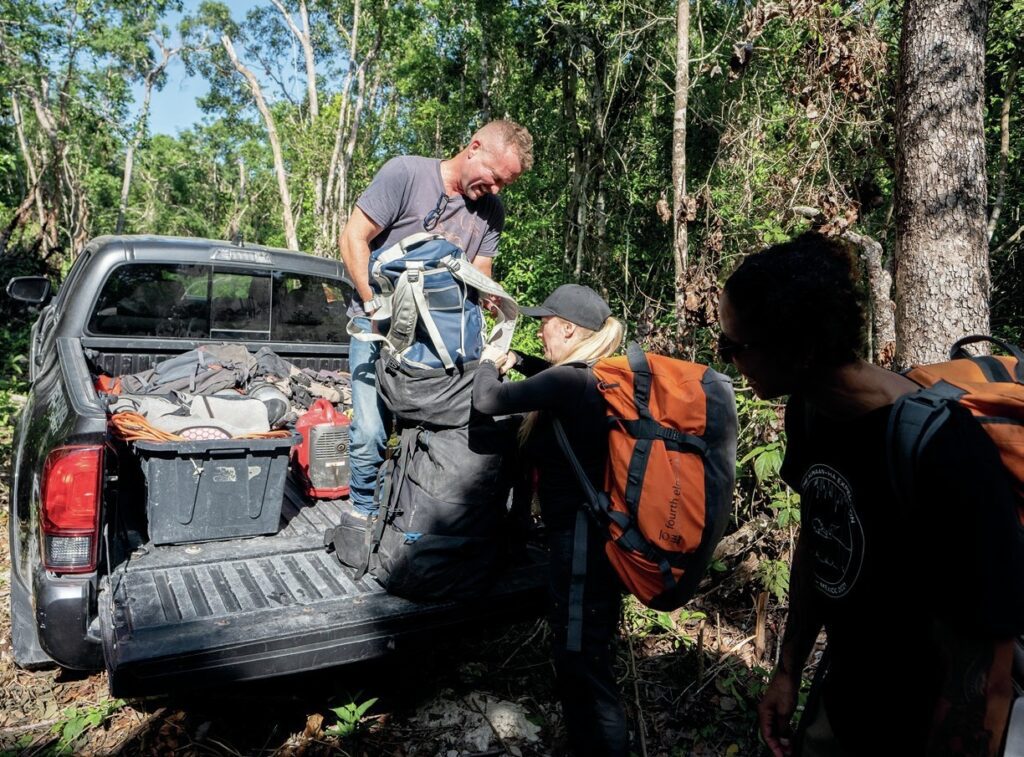
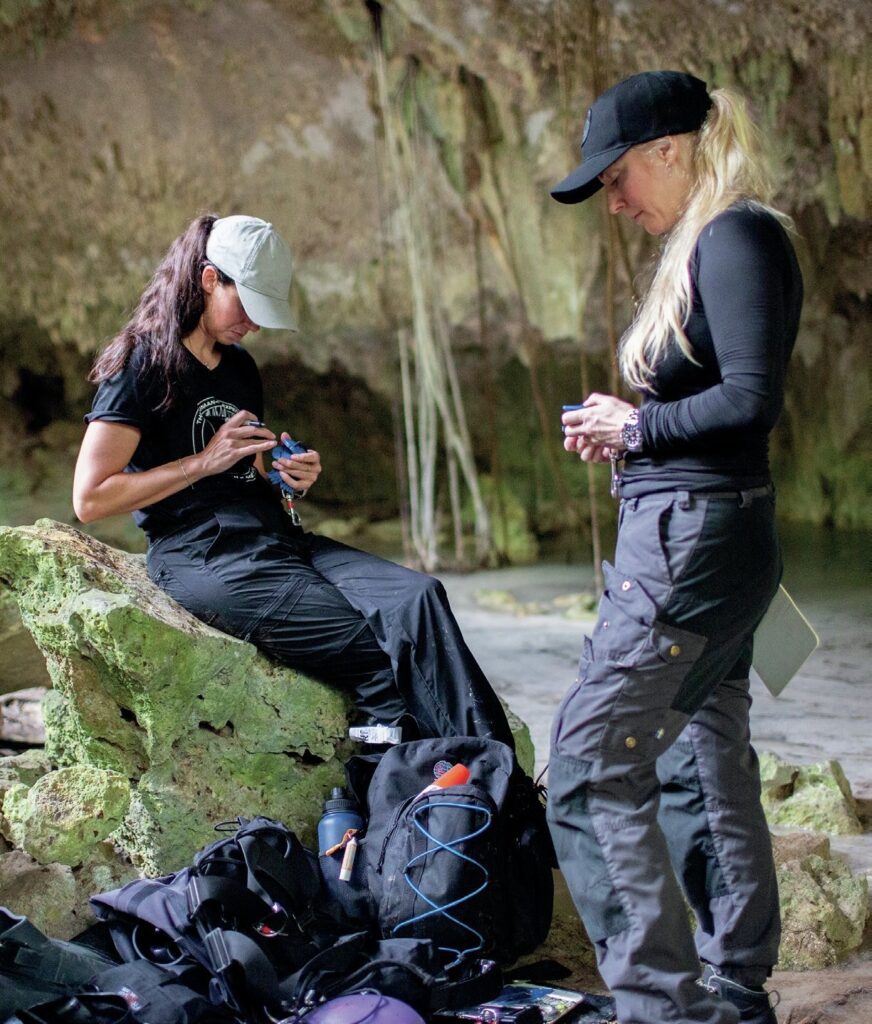
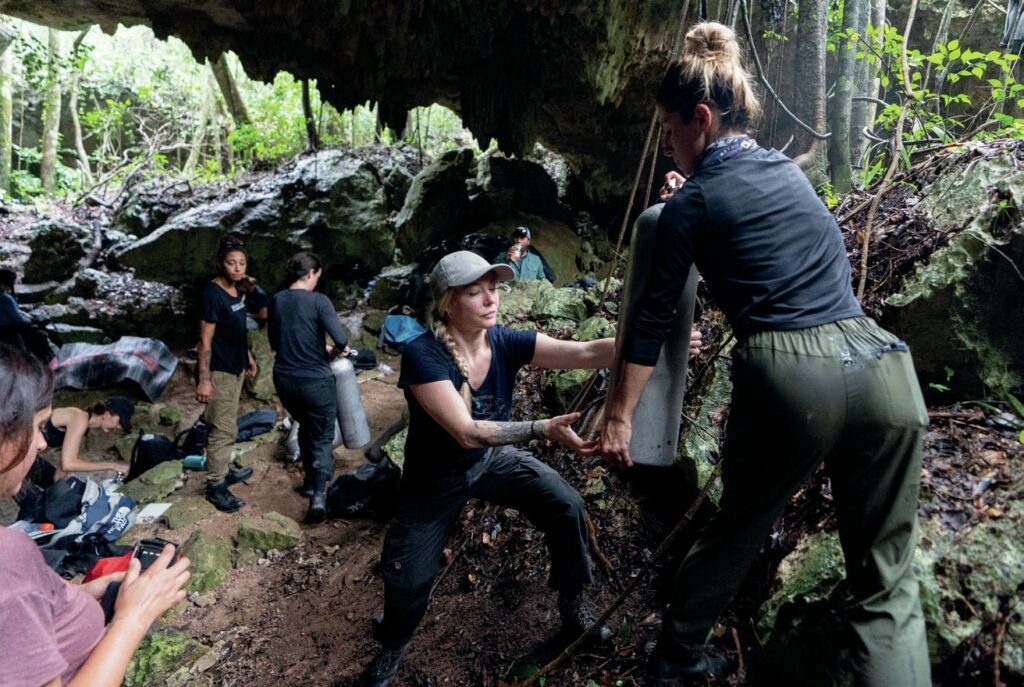
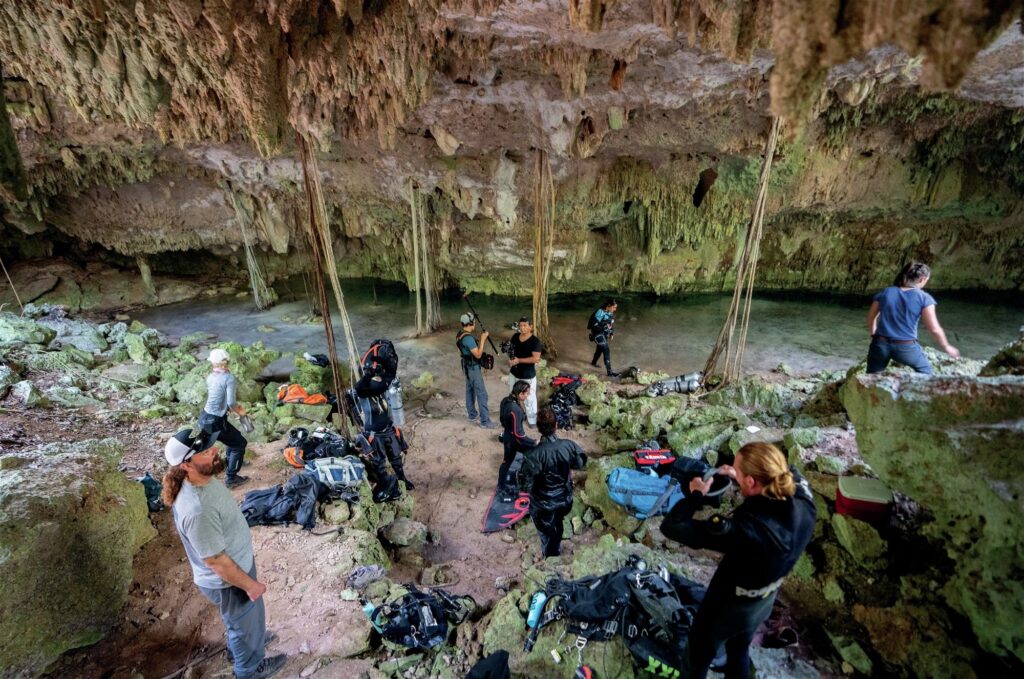
ROLEX Perpetual Planet Initiative
For nearly a century, Rolex has supported pioneering explorers, pushing back the boundaries of human endeavour. With the Perpetual Planet initiative, launched in 2019, Rolex is committed for the long term to support the explorers in their quest to protect the environment.

This article was originally published in Scuba Diver UK #72
Subscribe digitally and read more great stories like this from anywhere in the world in a mobile-friendly format. Link to the article
